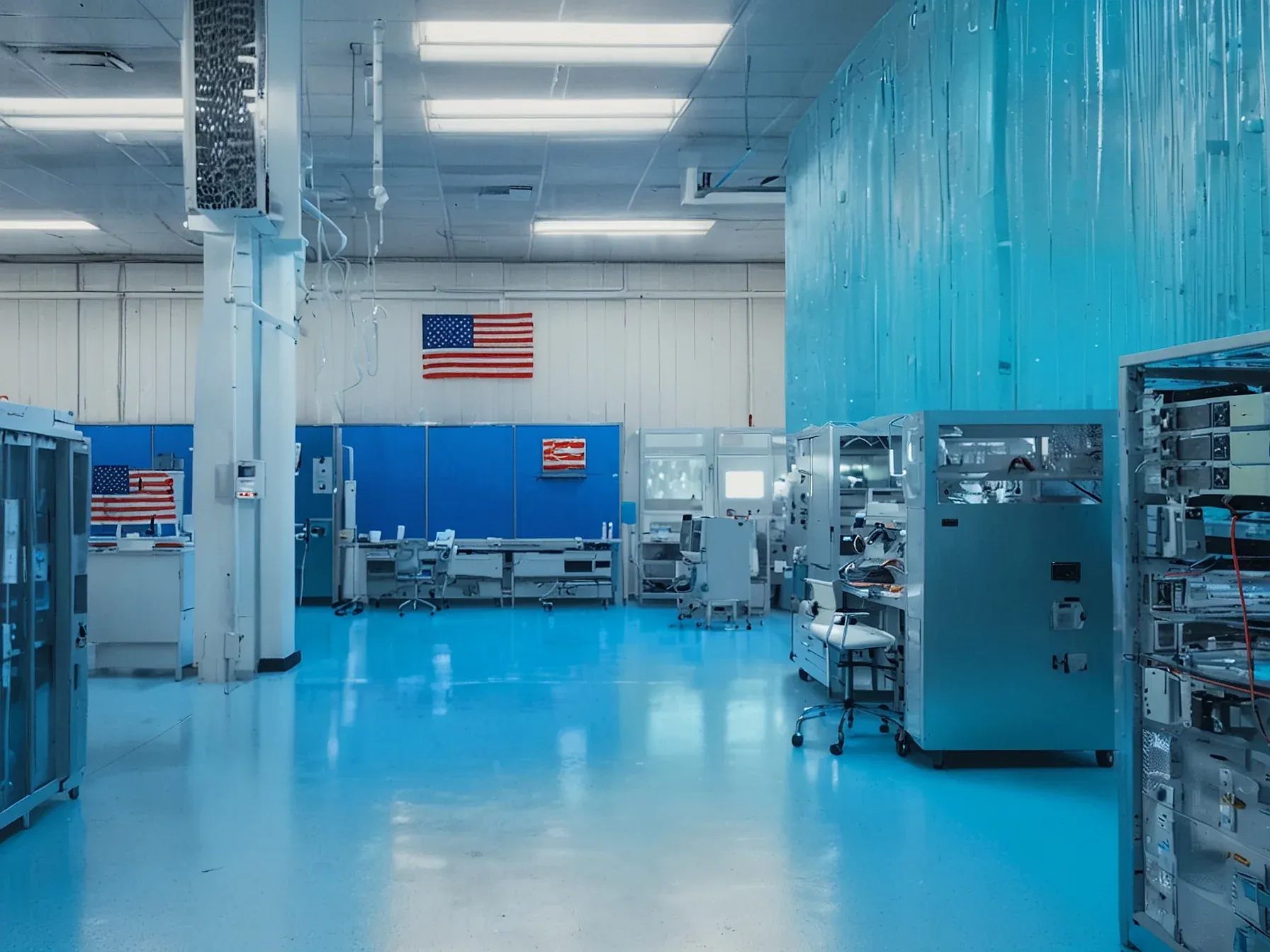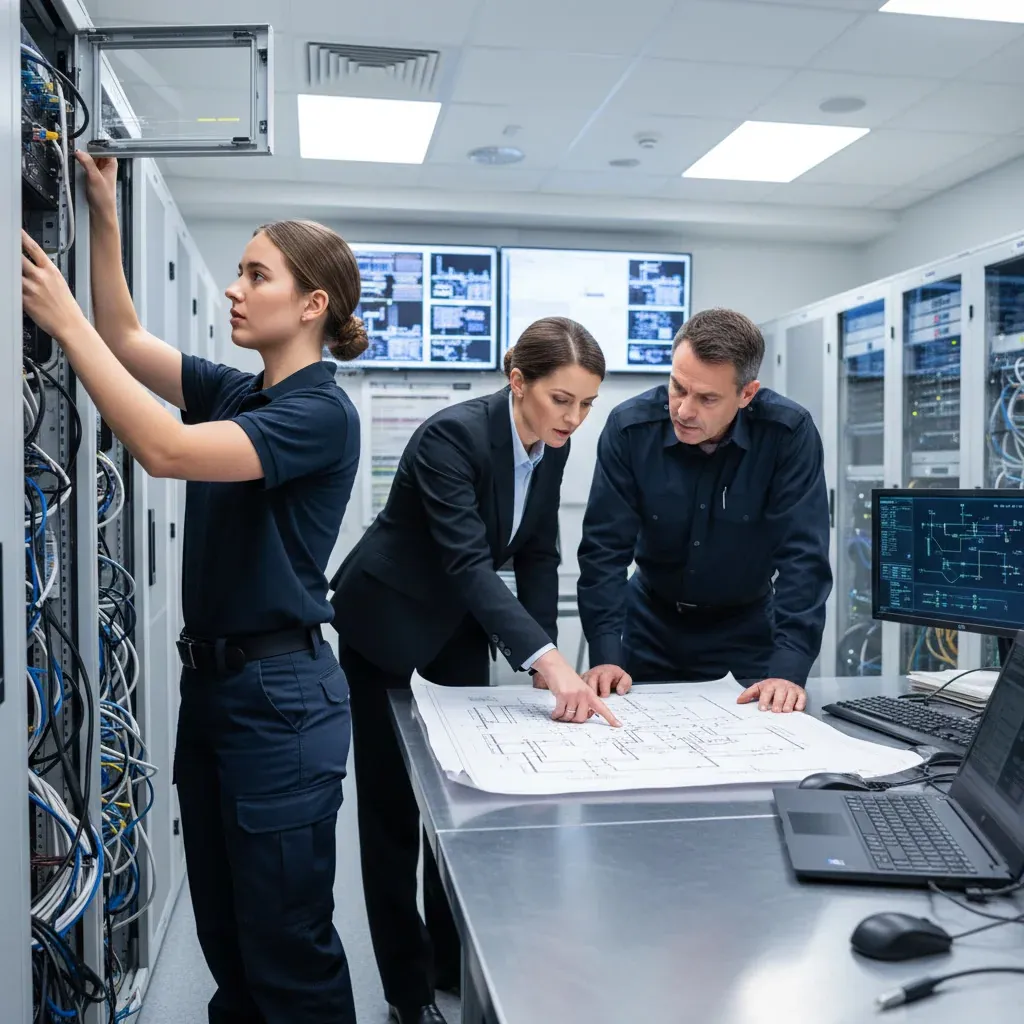
OpenAI CEO Sam Altman projects USD 20 billion revenue, backs US chip push
Sam Altman is clearly putting his chips on growth. In a recent chat with investors he said OpenAI is aiming for roughly $20 billion in annual revenue by the end of this calendar year - a number that seems to dwarf what most startups even dream of. At the same time, the firm has signed up to Washington’s push for a home-grown semiconductor supply chain, a move pitched as a way to spark jobs and bolster national security.
Still, Altman is quick to pull the plug on any notion that OpenAI is hunting for a sweetheart government hand-out. He’s stressed that the company hasn’t asked for explicit guarantees, and that any public money should probably be spread across the whole sector instead of being funneled into one player. It’s a careful line - one that hints at how the next steps might unfold.
OpenAI, like other tech companies, has joined federal efforts to boost American chip manufacturing, create jobs, and strengthen national security. But Altman says OpenAI hasn't asked for direct government guarantees, and any public funding should support the whole industry, not just one company. OpenAI expects $20 billion in annual revenue by the end of the year OpenAI plans to spend about $1.4 trillion over the next eight years.
Altman says revenue should top $20 billion a year by the end of 2024, and could grow to "hundreds of billions" by 2030. Earlier projections put 2025 revenue at $13 billion, but Altman has already said the real numbers are "well more" than that. For comparison, OpenAI's 2023 revenue reportedly was $1.3 billion.
To hit these targets, OpenAI is expanding into enterprise tools, consumer devices, robotics, and selling access to computing power through its "AI Cloud." Altman says OpenAI needs to invest at this scale to keep up with demand for computing power. He points out that the company is already holding back new features and models because capacity is limited, and he expects demand for AI to surge--especially in science and medicine--even though there's still no evidence that generative AI can deliver real scientific breakthroughs. "Based on the trends we are seeing of how people are using AI and how much of it they would like to use, we believe the risk to OpenAI of not having enough computing power is more significant and more likely than the risk of having too much." Sam Altman Altman pushes back on the idea that OpenAI is indispensable or systemically important.
Will OpenAI actually hit $20 billion in revenue by the end of the year? Sam Altman says the target feels doable, but he didn’t lay out a step-by-step plan. The firm is plowing cash into fresh data centers while repeatedly telling us taxpayers won’t pick up the tab if things go south.
In his words, any loss would stay on OpenAI’s balance sheet, not on the public’s. At the same time, Altman is pushing the government to put together its own AI hardware - public data hubs or a reserve of compute - so schools and agencies can benefit directly. That pitch dovetails with current federal pushes to grow U.S.
chip production, add jobs and tighten national security. Still, OpenAI hasn’t asked for guarantees or a safety net, and Altman says any public money should flow to the whole ecosystem, not just one player. It’s unclear whether those public facilities will ever be built, or how they might shift the competitive field.
I think the tug-of-war between private drive and public backing will end up shaping the next chapter of AI.
Common Questions Answered
What revenue target does OpenAI CEO Sam Altman project for the company by the end of the calendar year?
Sam Altman told investors that OpenAI aims to generate about $20 billion in annual revenue by the end of the year. This figure is significantly higher than typical startup forecasts and reflects the company's aggressive growth plans.
How is OpenAI involved in Washington’s push for a domestic semiconductor supply chain?
OpenAI has signed on to federal efforts to boost American chip manufacturing, which is framed as a way to create jobs and strengthen national security. The company’s participation signals support for a domestic semiconductor ecosystem without seeking direct government guarantees.
What stance does Sam Altman take on receiving direct government funding or guarantees for OpenAI?
Altman emphasizes that OpenAI has not asked for explicit government guarantees or hand‑outs, and any public funding should benefit the broader industry rather than a single firm. He insists that any financial risk from OpenAI’s investments will be borne by the company, not taxpayers.
What is the scale of OpenAI’s planned spending on infrastructure over the next eight years?
OpenAI plans to invest roughly $1.4 trillion in new data centers and related infrastructure over the next eight years. This massive outlay is intended to support its rapid growth and the development of advanced AI capabilities.
Why does Sam Altman urge the government to build its own AI infrastructure, according to the article?
Altman calls for public data centers or a reserve of computing power so that the benefits of AI advancements accrue to the public sector. He believes government‑owned infrastructure can ensure broader access and national security without relying on private company subsidies.



